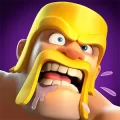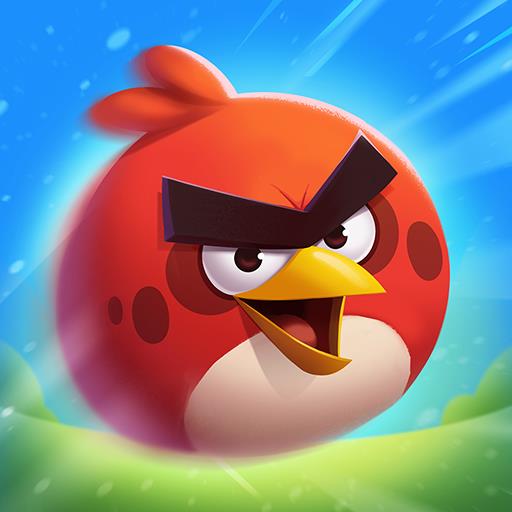Interview with Nu Udra, Lord of the Oilwell Basin in Monster Hunter
Exploring Monster Hunter Wilds' Oilwell Basin: A Deep Dive into its Ecosystem and Inhabitants
Monster Hunter Wilds introduces the Oilwell Basin, a dynamic locale unlike any other in the series. This fiery landscape, brimming with oil and magma, offers a unique ecosystem shaped by its harsh conditions. From the sunlit upper strata to the scorching lower depths, the environment shifts dramatically, impacting both the flora and fauna.
Yuya Tokuda, director of both Monster Hunter: World and Monster Hunter Wilds, explains the Basin's fluctuating nature: "During the Fallow, it's mud and oil. The Firespring Inclemency burns away the oilsilt, and during the Plenty, the soot vanishes, revealing minerals and artifacts."
Kaname Fujioka, executive director and art director, describes the Basin's verticality: "Unlike the horizontal Windward Plains and Scarlet Forest, the Oilwell Basin is vertically connected, with distinct changes between strata." The upper levels are muddy, while lower levels are intensely hot, resembling underwater volcanoes. This design draws upon the team's experience creating the Coral Highlands in World, adapting aquatic life concepts to a terrestrial setting. The contrast between the barren Fallow/Inclemency and the vibrant Plenty is a key design element, showcasing a flourishing ecosystem hidden beneath the surface.
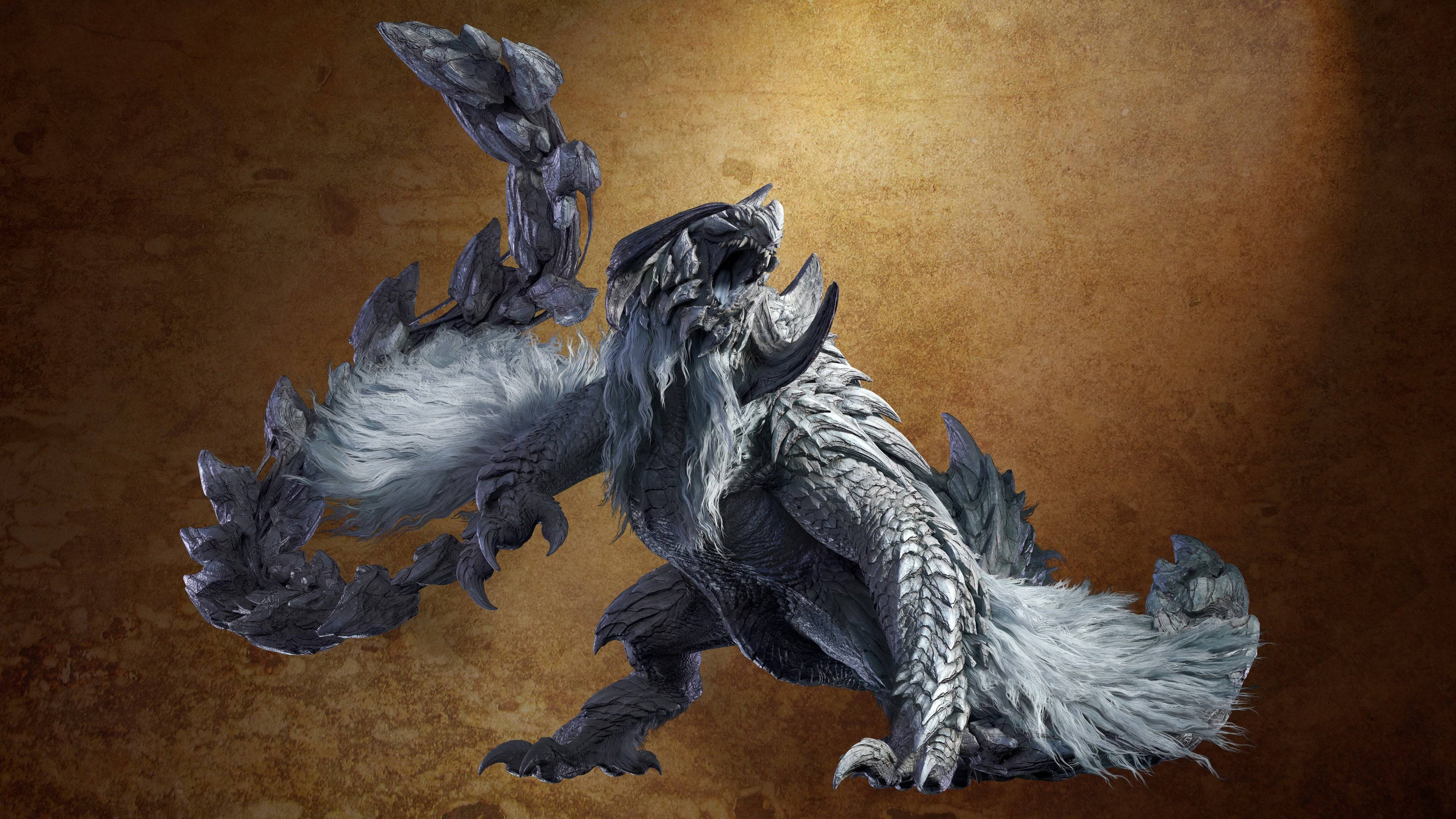
The Basin's inhabitants are equally unique. Rompopolo, a toxic, globular creature, was inspired by the image of a mad scientist, resulting in its chemical purple hue and glowing red eyes. Its design emphasizes trickery and the use of stored toxic gas. Conversely, Ajarakan, a flame-wreathed gorilla-like monster, embodies straightforward power. Its design prioritizes a towering silhouette and impactful, fiery attacks, contrasting with the more subtle movements of fanged beasts. The team consciously gave Ajarakan flashier moves to offset the potential for simplistic animations.
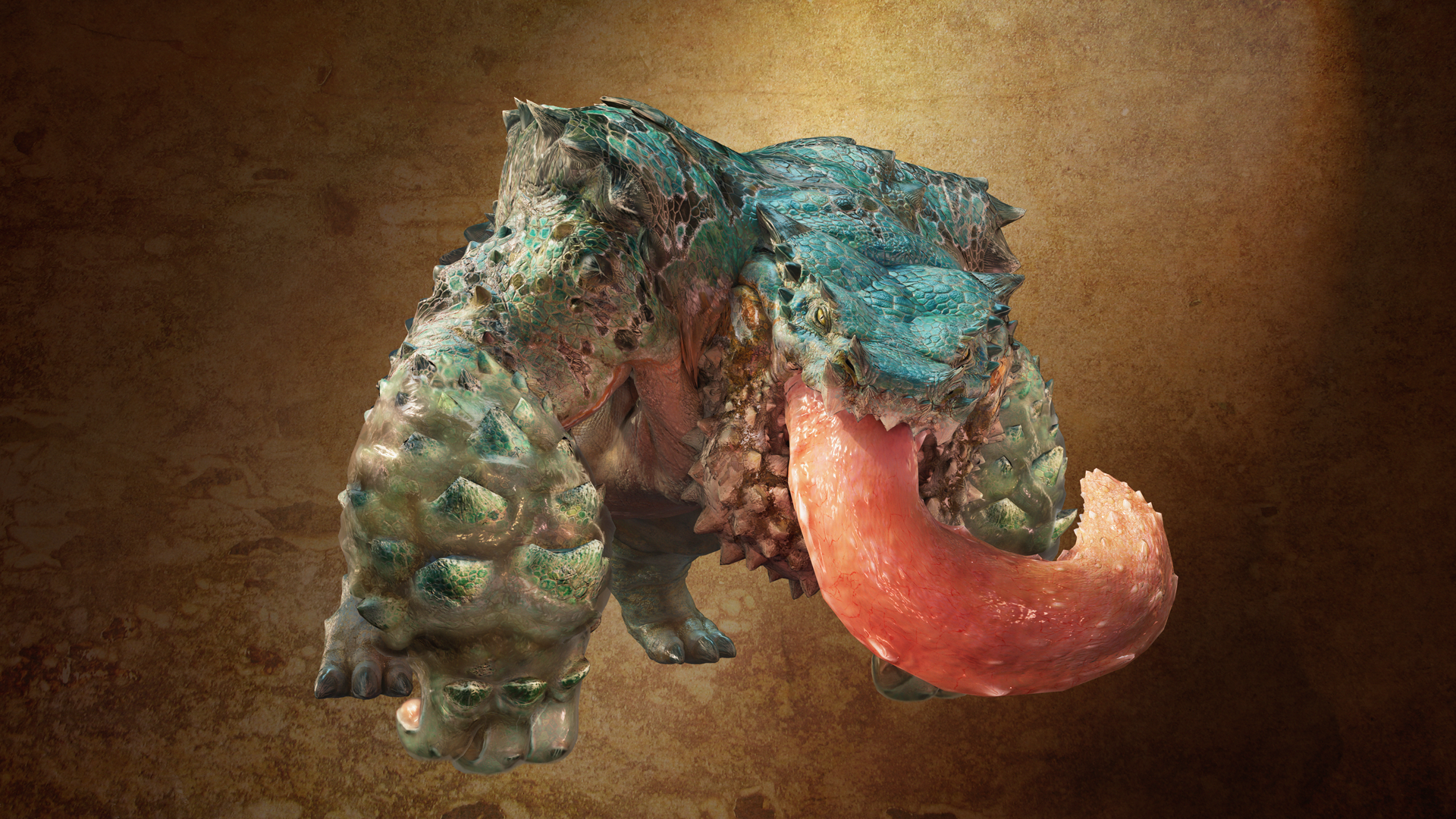
The apex predator, Nu Udra (previously known as "Black Flame"), is a colossal, octopus-like creature that coats itself in flames. Its design, inspired by octopuses, features a striking silhouette and ambiguous facial features. The team even incorporated demonic imagery into its battle music. Nu Udra's fluid movements, a long-held ambition of Tokuda and Fujioka, were finally realized thanks to advancements in game technology. Its many tentacles, each capable of being severed, present a unique challenge, requiring hunters to strategically target its attacks and sensory organs.
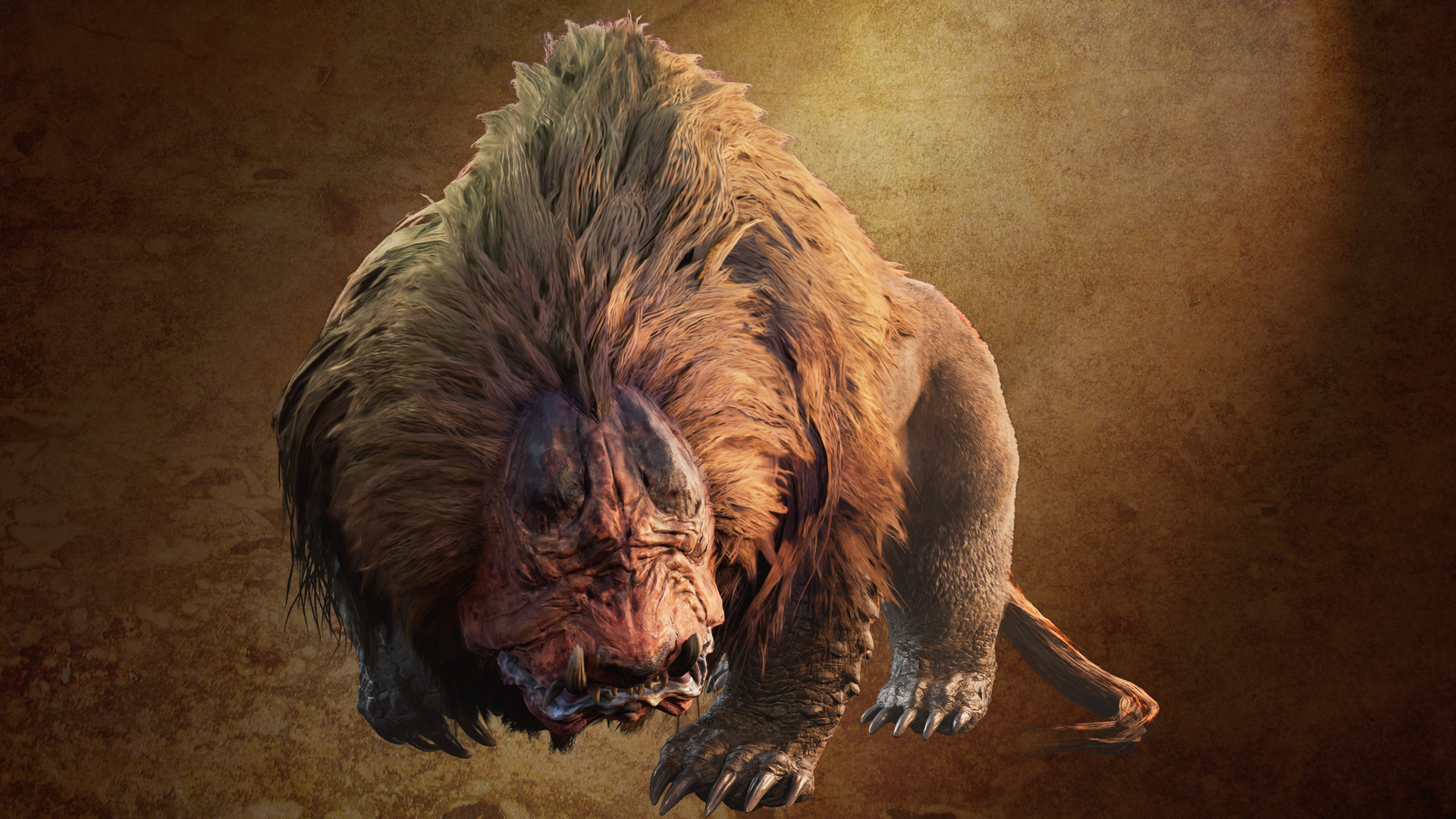
The Oilwell Basin also features a returning favorite: Gravios. Its hard, rocky carapace and emission of hot gas make it a perfect fit for the environment. The team focused on retaining Gravios' signature hardness while also making it a challenging late-game encounter that rewards strategic part-breaking.
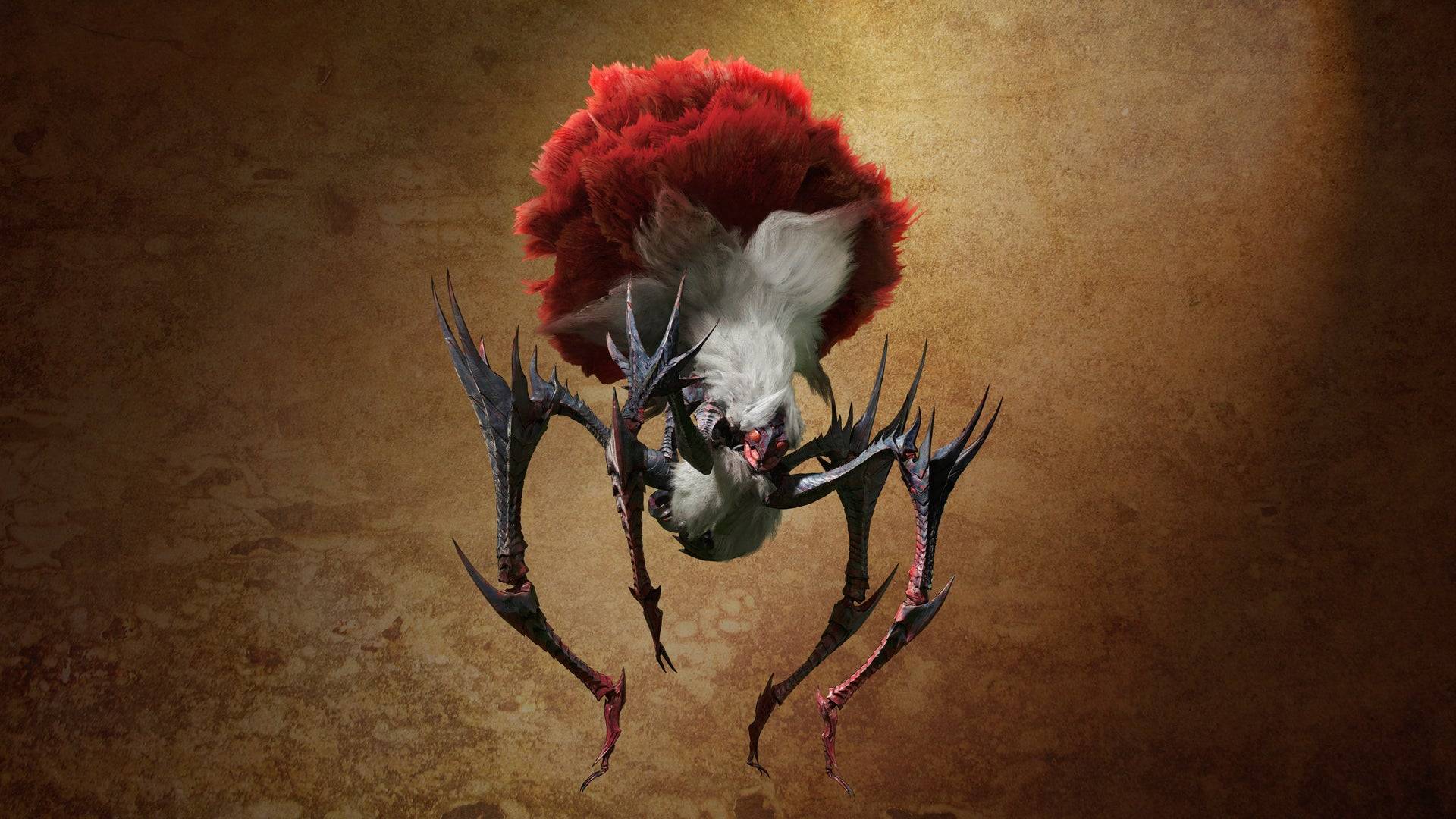
The Oilwell Basin's diverse ecosystem, unique monsters, and challenging encounters promise a thrilling hunting experience in Monster Hunter Wilds. The developers' dedication to creating memorable and technically impressive monsters shines through in every detail, from Nu Udra's fluid movements to Rompopolo's quirky design. The careful consideration given to monster selection and integration ensures that each creature plays a significant role in the game's overall experience.
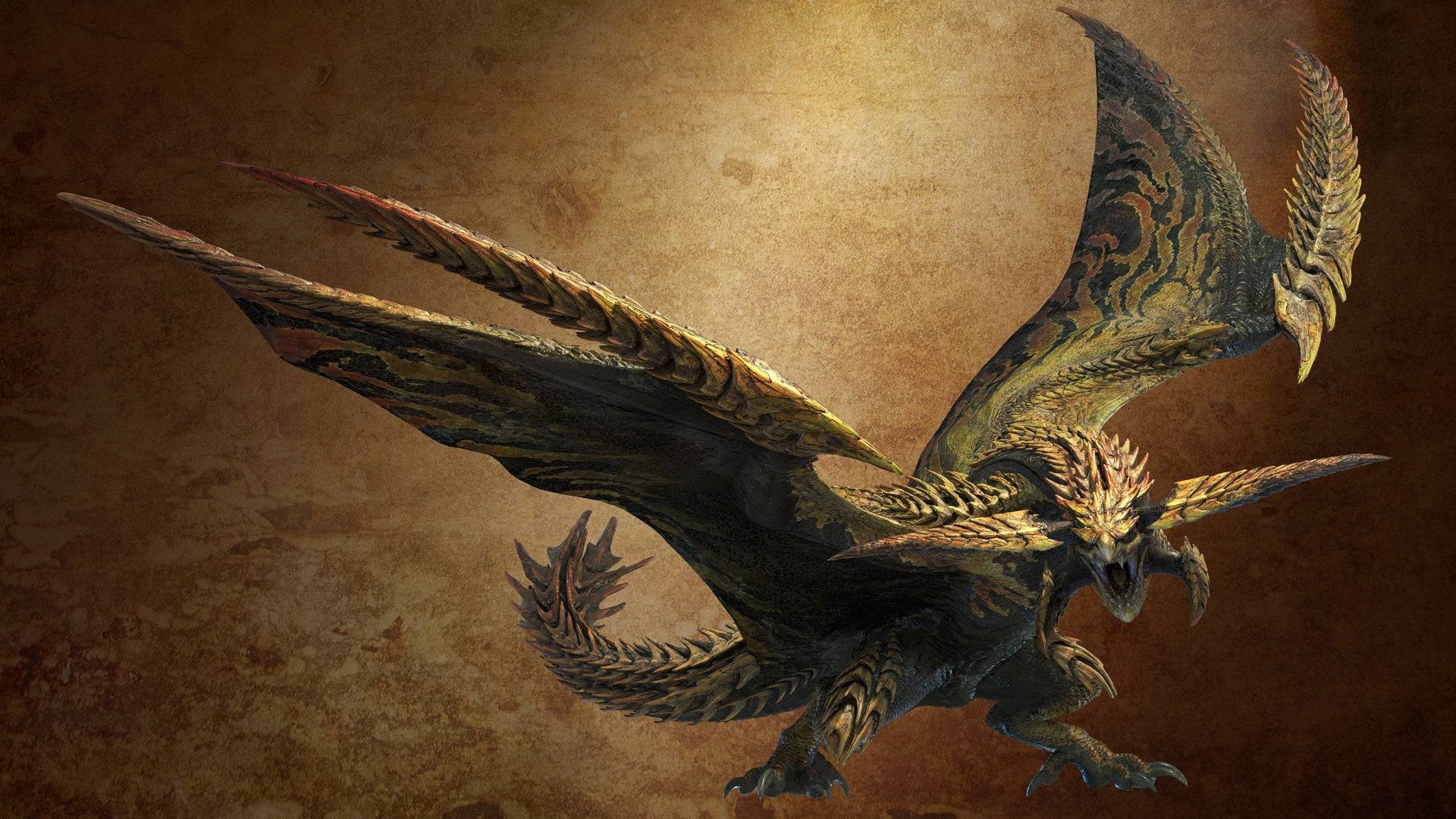

- 1 Roblox Forsaken Characters Tier List 2025 Feb 14,2025
- 2 Pokemon Go’s first Community Day of 2025 will feature Sprigaito Jan 05,2025
- 3 Holiday Thief Arrives in Seekers Notes Dec 26,2024
- 4 Watcher of Realms Is Dropping New Heroes and Skins This Thanksgiving and Black Friday! Dec 30,2024
- 5 Jujutsu Kaisen Phantom Parade: Tier List Update for 2024 Dec 28,2024
- 6 How To Find and Beat the Storm King in LEGO Fortnite Jan 05,2025
- 7 Goddess Of Victory: Nikke Is Dropping a New Year’s Update and Collabs with Evangelion and Stellar Blade Soon Jan 04,2025
- 8 PUBG Mobile's Championship Finale Nears Jan 09,2025
-
Mastering the Art of Digital Tools
A total of 10
-
Hidden Gems: Unexpectedly Useful Other Apps
A total of 10
-
Top Free Adventure Necessary Games for Android
A total of 4







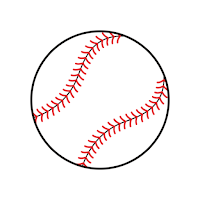


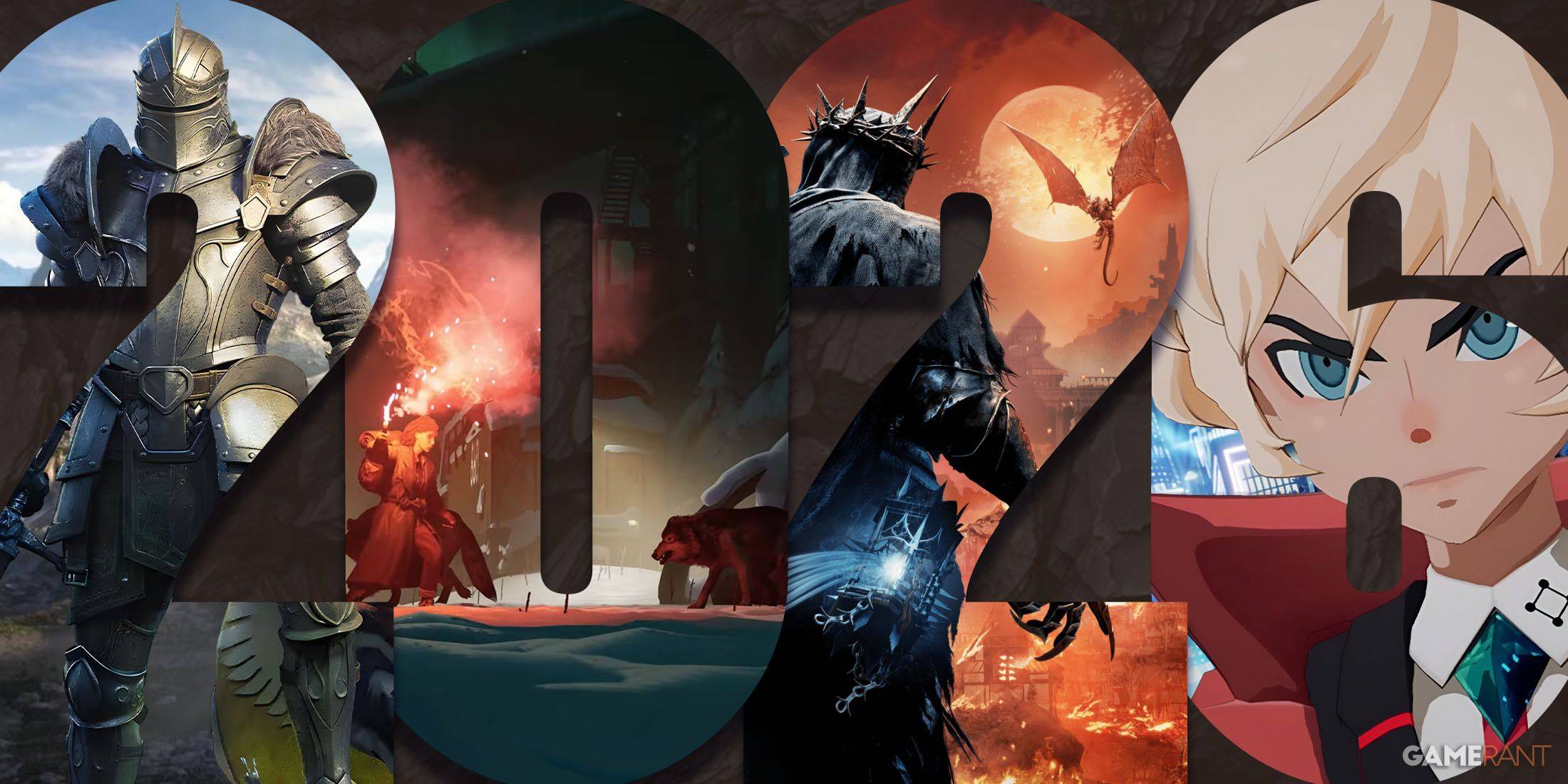
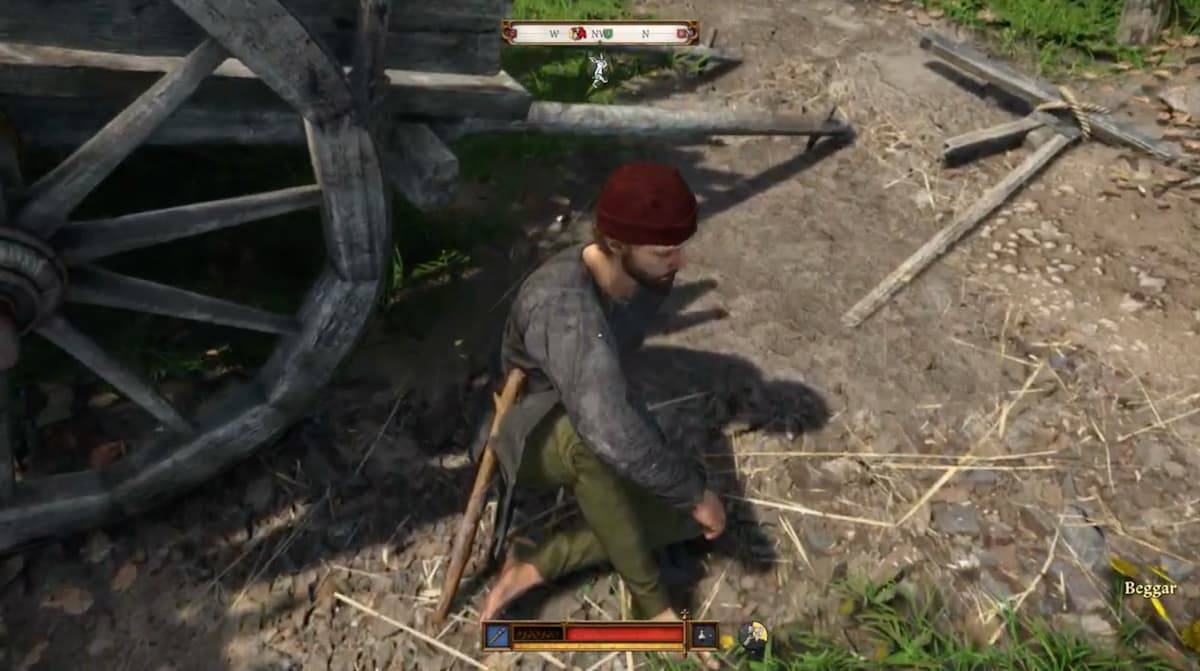

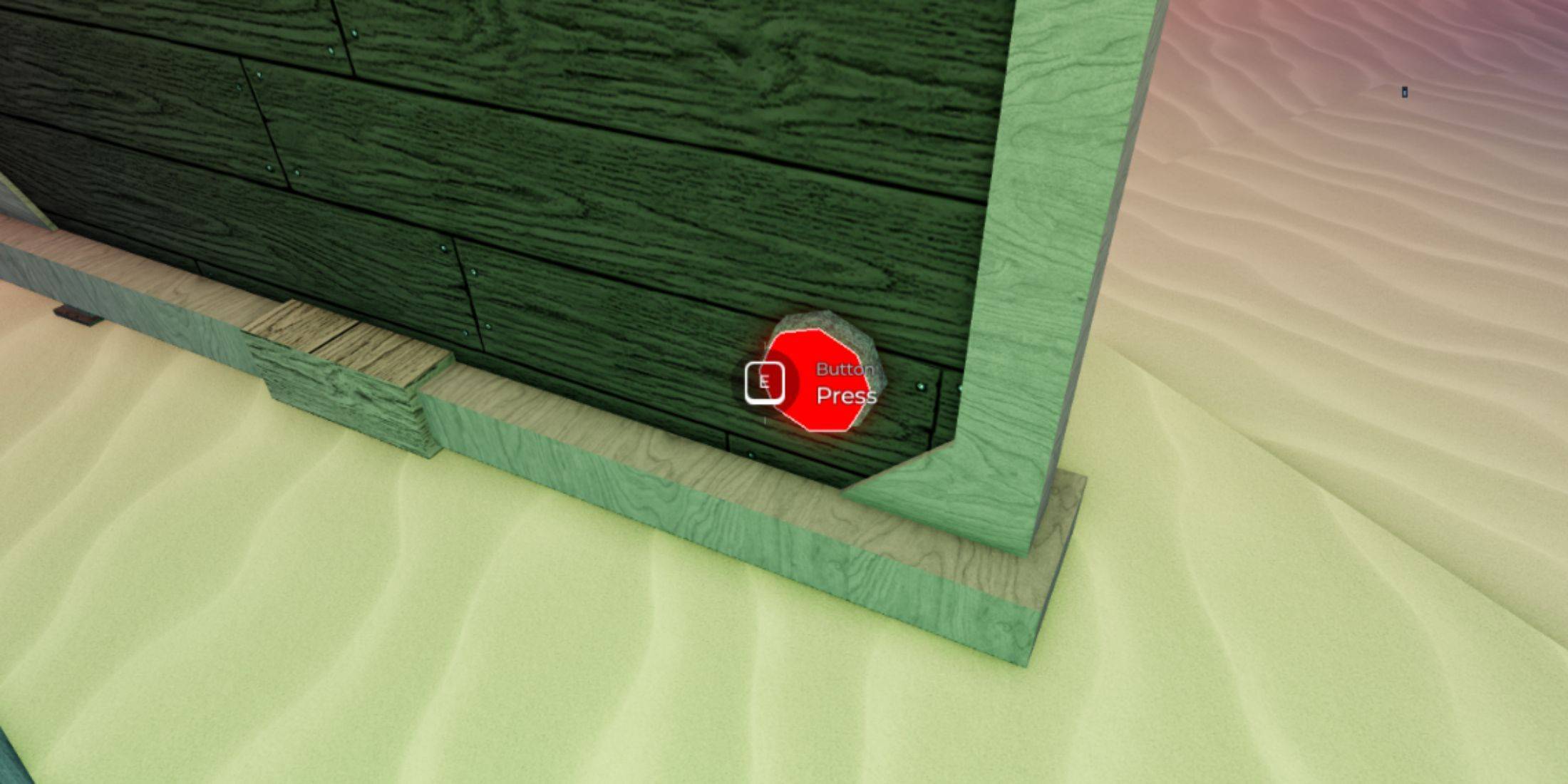

![LeMOMnade: Family Squeeze! – Version 1.1.1 [mtrellex]](https://img.3xbz.com/uploads/38/1719569762667e8d62c486e.jpg)
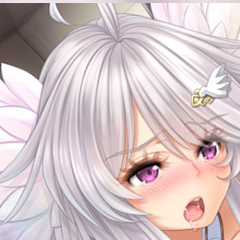
![My Cute Roommate 2 – New Version 1.0 Extra [Astaros3D]](https://img.3xbz.com/uploads/38/1719606486667f1cd652f1a.jpg)










